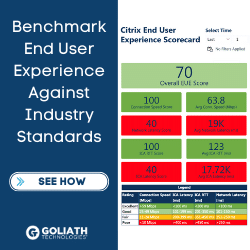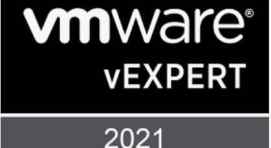Cisco has just introduced their brand new Cisco UCS M5 platform. Let’s look at some of the improvements from the Cisco UCS M4 platform, which was a formidable platform in itself. The improvements to the Cisco UCS M5 platform are all about taking things to the next level.
This Cisco UCS M5 platform comes in two major flavors. Cisco UCS M5 C-Series rack servers and Cisco UCS M5 B-Series blade servers. Let’s focus on the Cisco UCS M5 C-Series rack servers. If you are interested in learning about the Cisco UCS M5 B-Series blade servers, click here.
Updates Common All Cisco UCS M5 C-Series Rack Servers
- The new Cisco UCS M5 C-Series rack servers share several common upgrades between them.
- Support for the Intel Xenon Processor Scalable family (Skylake)
- Support for DIMMS with a speed of 2666 MHz and 126 GB capacity
- Multiple drive options such as HDD, SSD, and NVMe
- New options for internal FlexStorage, M.2 SATA “gum sticks” in addition to SD cards
Now, let’s take a look at some of the changes to the individual Cisco UCS M5 C-Series rack servers.
C220 M5
The Cisco C220 M5 is a 1RU server which can support a maximum of 2 CPUs. Perhaps the biggest change for the C200 M5 is the introduction of GPU support. The C220 M5 can support one GPU while the C220 M4 did not support a GPU. It also introduces 10GbE onboard ports, a change from the previous 1GbE ports. It also increases the maximum drive count from 8 to 10 Small Form Factor drives. It supports
C240 M5
The C240 M5 is all about capacity. It can support up to 24 SFF drives, and has an option for two rear hot swappable SFF drives. Similar to the C220 M5, it also introduces 10GbE onboard ports.
C480 M5 4S
The C480 M5 is the monster of the Cisco UCS C-Series family. The pervious generation could support up to 2 GPUs, and the C480 M5 supports up to 6 GPUs. In addition, it can support a total of 32 drives with 24 front facing and 8 top accessible drives. It also features up to 4 CPUs and 48 DIMM slots. This server is slated for availability in August 2017.
Stand-Alone or UCS Managed – You Decide
All Cisco UCS M5 rack servers can operate in Stand-alone or UCS Managed mode. In Stand-alone mode, the Cisco UCS M5 servers behave as your typical rack-mount server does, with the ability to preform configuration and installation via a remote interface. The software which enables this is called the Cisco IMC. These servers are connected to upstream switches.
In UCS Managed mode, the servers are managed centrally from UCS Manager, which allows for the abstraction of the server’s personality using something called a service profile. Service profiles can be copied and clone for rapid configuration of Cisco UCS M5 servers. The servers are connected to a UCS Fabric Interconnect or a UCS Fabric Extender. The C220 M5 and C250 M5 require UCS Manager 3.2(1) or Cisco IMC 3.1(1). The C480 M5 requires Cisco UCS Manager 3.2(2) or Cisco IMC 3.1(2).
If you’re looking at the best time for switching from the Cisco UCS M4 to the Cisco UCS M5 servers, there will be a minimum overlap of 12 months. This will allow for organizations to finish their Cisco UCS M4 projects, and plan for their Cisco UCS M5 projects accordingly. For those looking to use the latest and greatest, the Cisco UCS M5 C220 and C240 are available now.
To find out more about the Cisco UCS M5 B-Series blade servers, click here.












